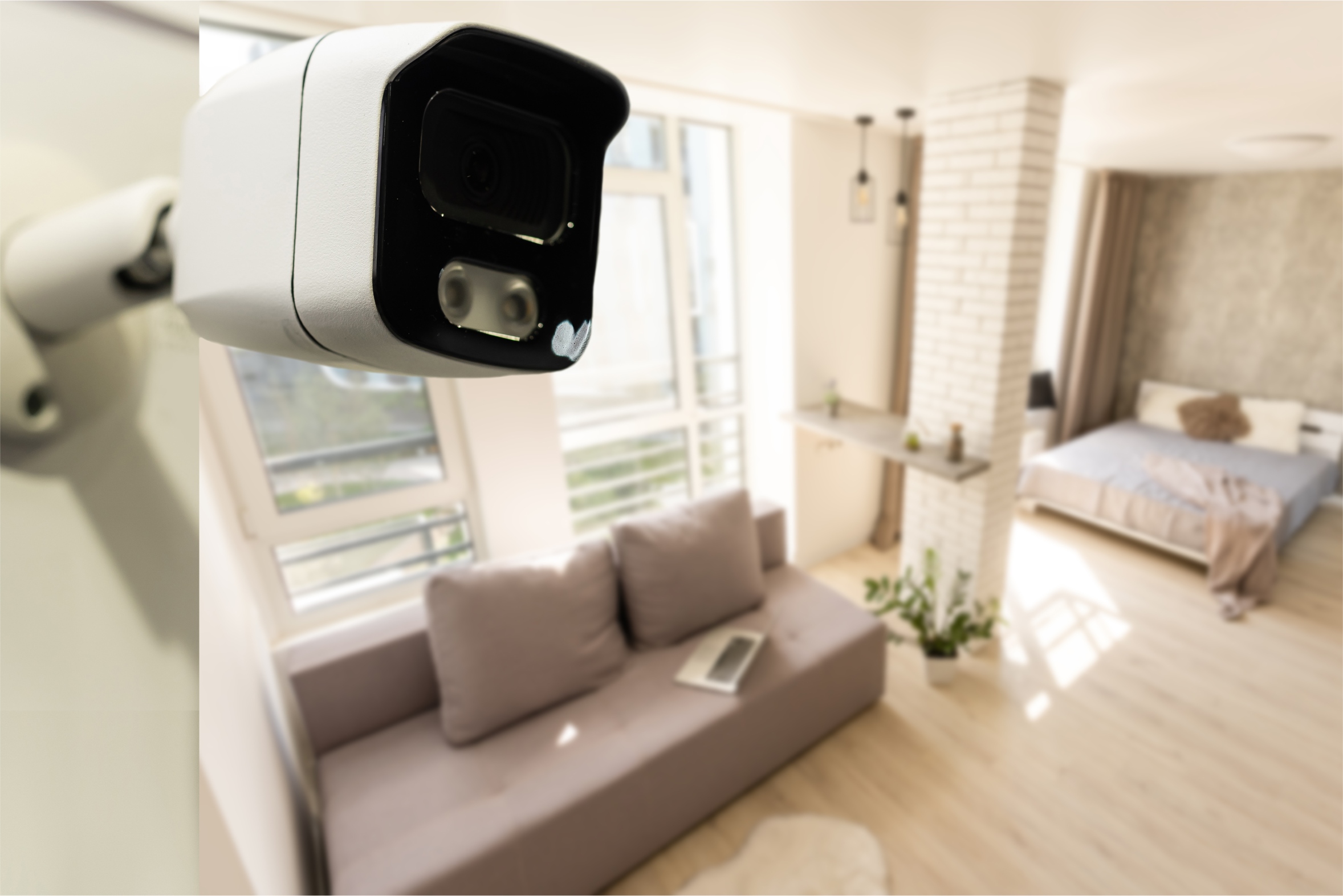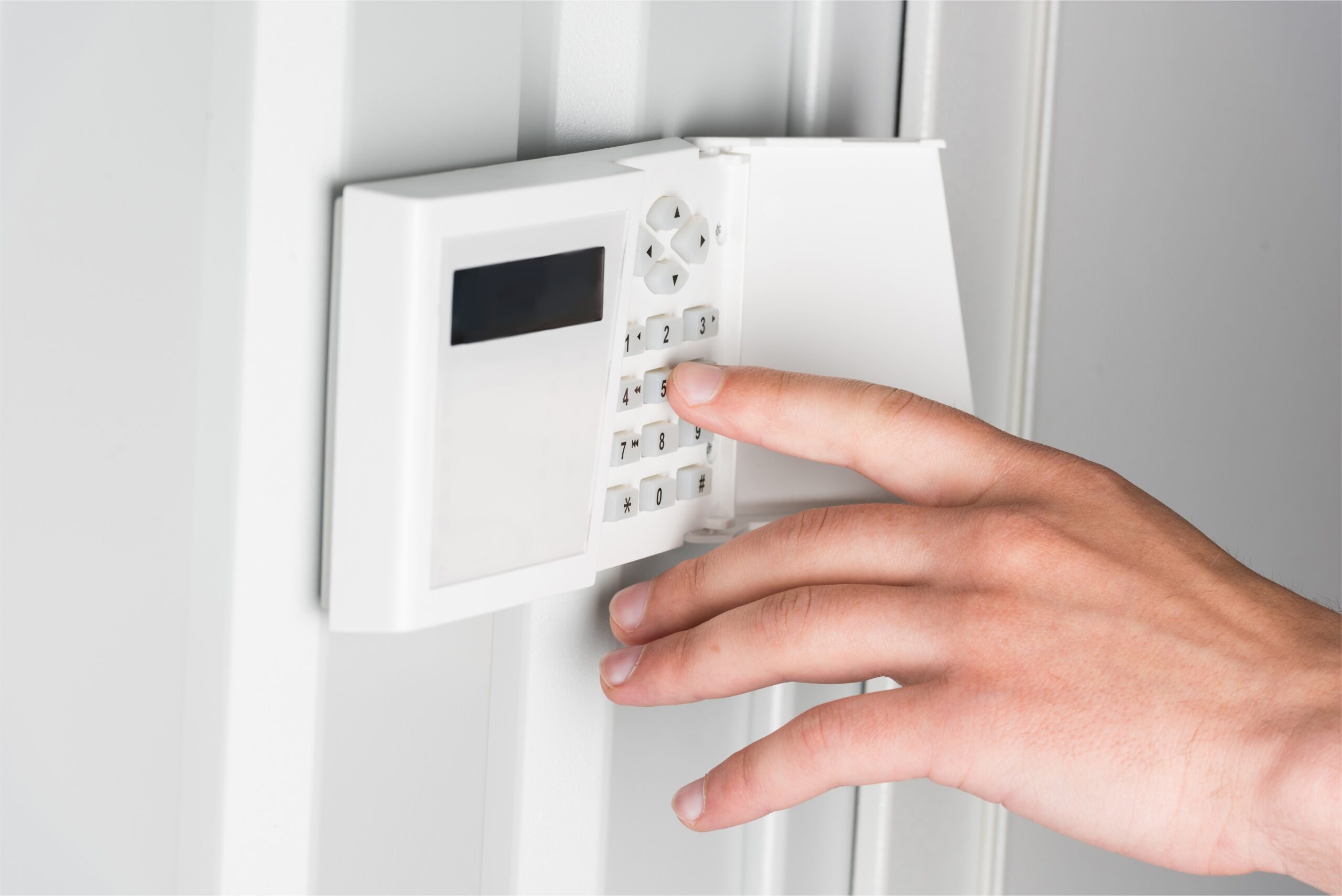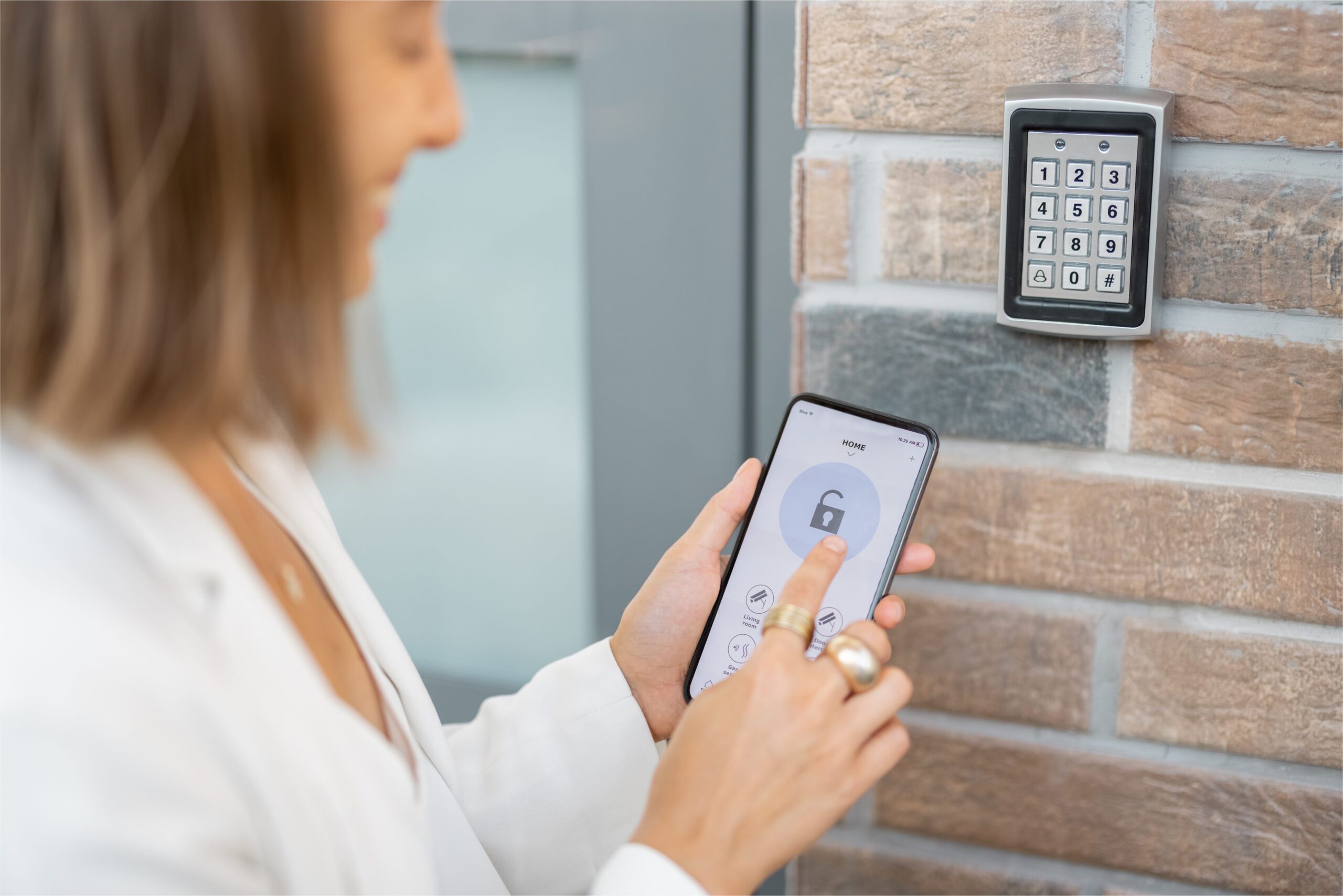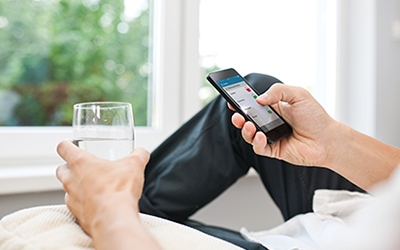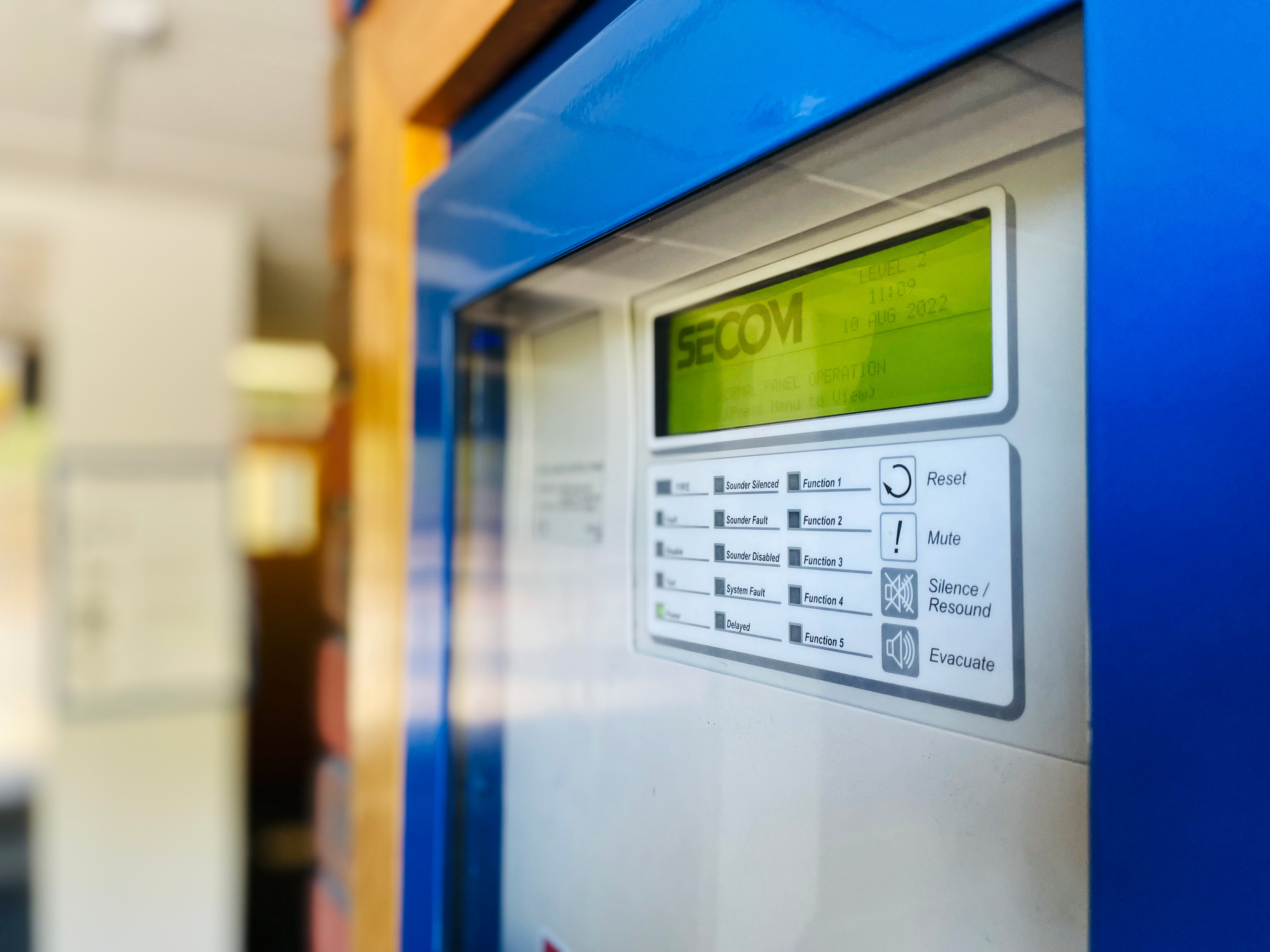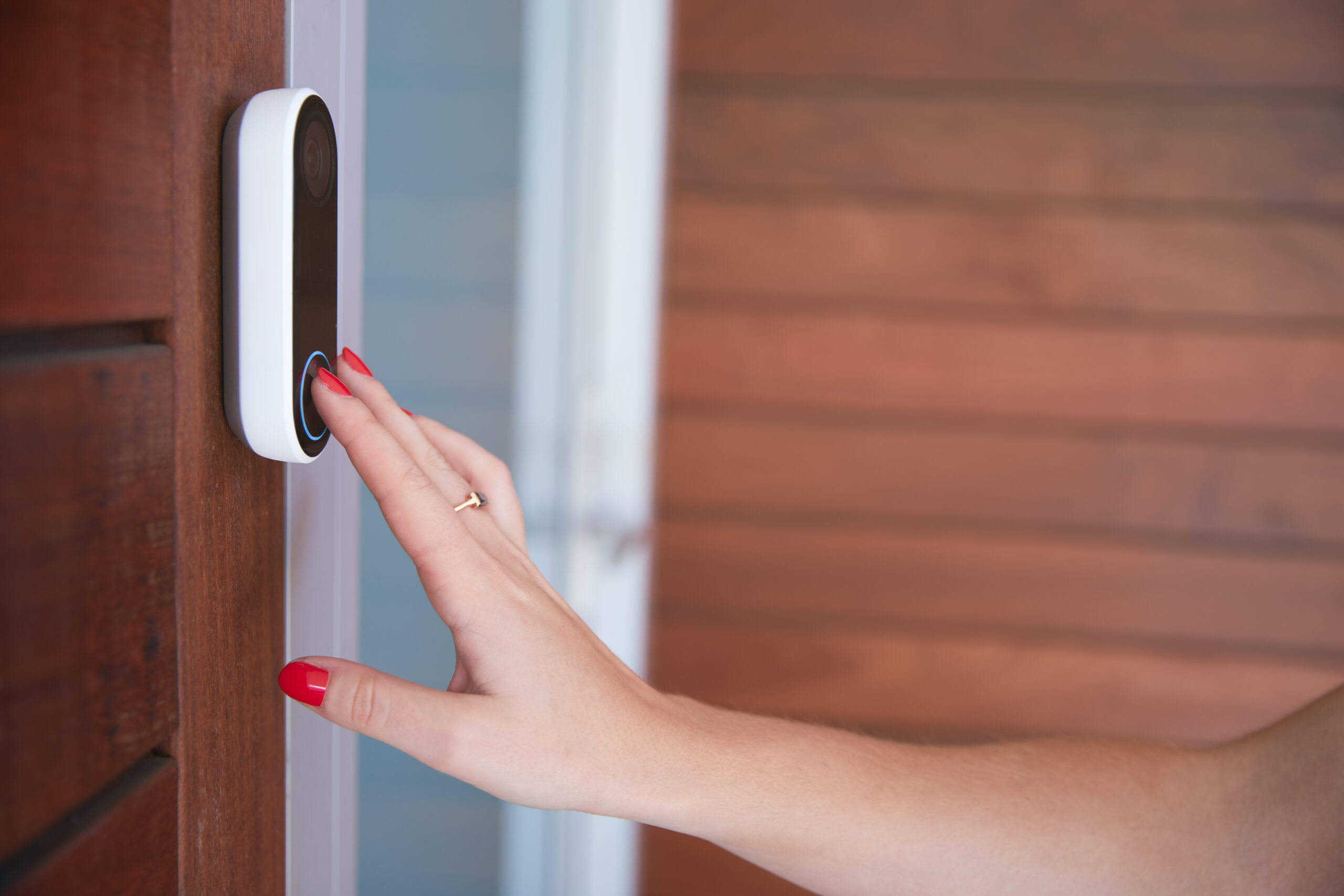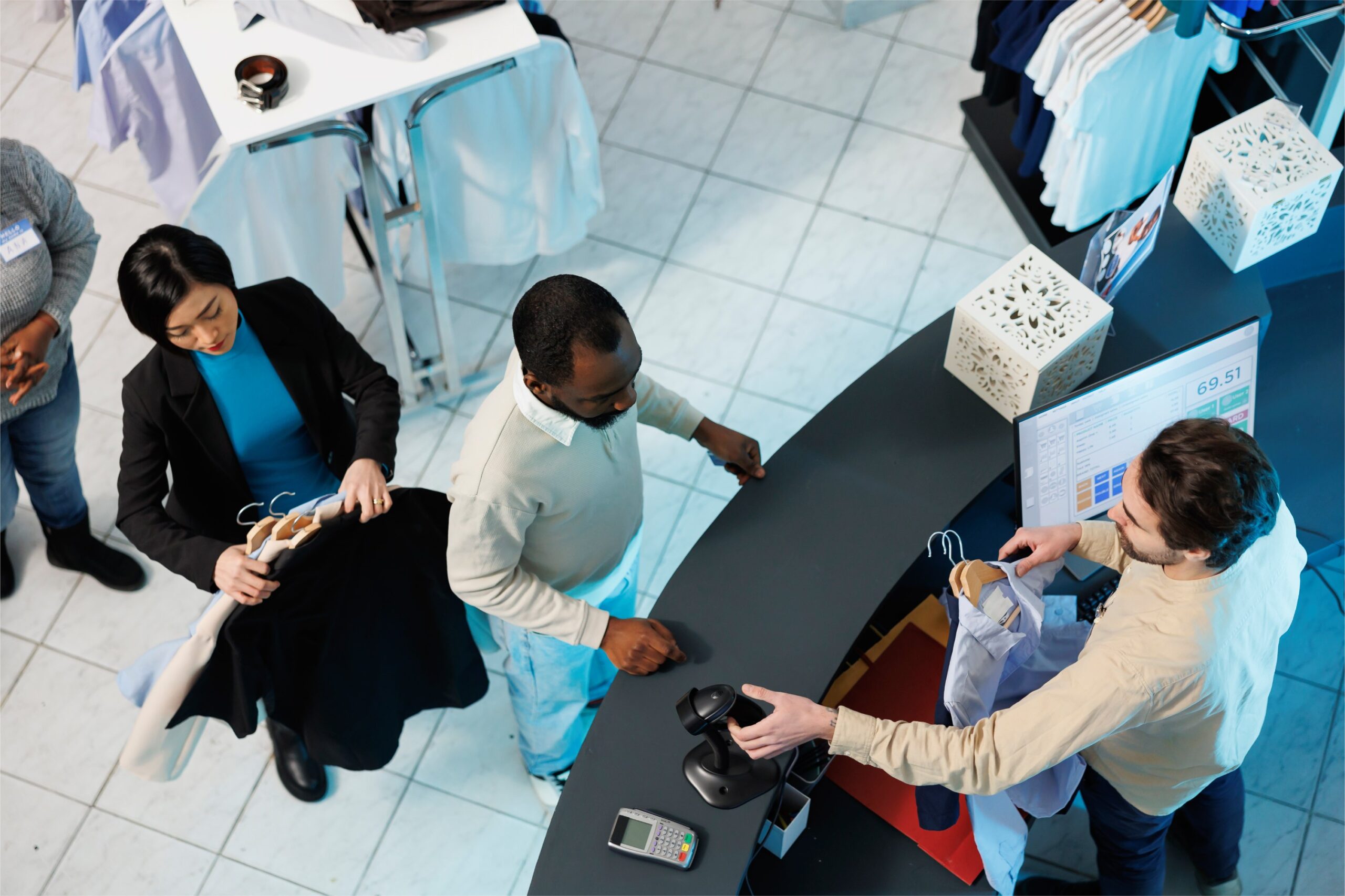Although crime overall has gone down significantly over the last decade, burglary remains a major issue. In fact, it’s estimated there is one break-in in the UK every 106 seconds. What’s more, according to a survey by insurer Aviva, the average cost of damages and items stolen during a break-in in the last 12 months was £3,896. However, this rises to £7,199 for victims aged between 35 and 44.
The best solution to protect your property from criminals is a home intruder alarm system. There are a range of options available in this category, from simple wireless motion sensors to fully integrated smart home solutions that include CCTV and full 24/7 monitoring and support. This guide will help you to understand the various options that are available, their pros and cons and how using a SECOM system helps keep your home as safe as possible.
Why do you need an intruder alarm system?
Home security is a critical aspect of protecting your loved ones and your property. A well-designed security system, particularly one with an alarm linked to a 24/7 monitoring service, provides multiple benefits that make it a worthwhile investment.
There are three important reasons to invest in a home intruder alarm system. The first is deterrence, which is one of the biggest advantages of an alarm system. Visible security cameras, alarm signage and motion sensors significantly reduce the risk of burglary or vandalism by making it clear to would-be burglars that your property is protected.
Studies show that homes without security systems are far more likely to be targeted by criminals. Therefore, a visible alarm system acts as a powerful deterrent, making intruders think twice.
The second major benefit of a strong security system is peace of mind. Whether you’re at home or away, knowing that your property is monitored 24/7 provides great comfort. Tools that enable remote access, such as the ability to view security camera feeds in real time via a mobile device, can also ease a lot of worries when people are away.
Finally, home security systems can lead to insurance benefits. Many insurance providers offer discounts for homes equipped with alarms, as they reduce the likelihood of theft and property damage. These savings can help offset the cost of the system over time.
The intruder alarm system options for your home
The benefits of having an intruder alarm system are clear. But which type of system will be best-suited to your needs? To help you decide, here are a few of the most common types of security systems you’re likely to find on the market today, as well as where they may be most appropriately used.
Wired alarm systems
Wired systems consist of sensors and cameras connected by hard wires. This makes them highly reliable as well as cheap to buy – although these savings may be offset by higher installation expenses. While they do take a while to get up and running – with a professional installation possibly taking a couple of days depending on the size of the property – they provide great peace of mind, as you don’t have to worry about potentially unstable wireless connectivity.
Wired systems offer tried-and-tested reliability with a very low rate of false alarms. They’re low-maintenance, highly tamper-proof and can cover a large area. They can also provide a more visible deterrent, though some users may wish to weigh this against any potential aesthetic considerations of the cabling.
Wireless alarm systems
The main alternative to wired systems, their wireless counterparts tend to offer greater flexibility and ease of use. As you don’t have to worry about routing cabling back to a central control panel, they can be deployed easily and in a wide variety of locations, provided the home wireless connection is within reach.
The fact there’s no need for cabling or other permanent fixtures makes them ideal if you’re living in a rented property. Their ease of installation means, for example, that if you do move to a new home, these alarms are easy to take down, pack up and bring with you.
Because they do need a reliable wireless connection, they may be more susceptible to interference than wired alternatives, or have a more limited range, which typically makes them more suitable for smaller homes. You’ll also need to remember to replace the batteries on a regular basis.
Monitored alarm solutions
For the highest levels of security, intruder alarm systems that are backed up by professional security providers are the way to go. These systems are connected directly to an alarm receiving centre where a dedicated team of professionals are on-hand 24/7 to respond to any alarms.
SECOM’s home security solutions, for instance, can quickly determine whether an alert is a false alarm, get in touch with homeowners or summon a police response if needed. What’s more, you also benefit from professional installation and maintenance from a team of qualified engineers, including technical support and replacements for any damaged components.
The main drawback of this type of solution is that it’s significantly more expensive than unmonitored tools and will require an ongoing subscription. However, for many homeowners, these costs are easily outweighed by the added security and peace of mind they offer.
Smart home alarm systems
The final major category for intruder prevention systems is integration with other smart devices to create a fully connected home security solution. As well as intruder alarms, these solutions may consist of CCTV cameras, doorbell cameras with two-way audio connectivity and remote controls for doors and windows security – so you’ll never have to wonder again if you remembered to lock the front door when leaving the house.
These can typically be combined with other smart home solutions such as Amazon Alexa or Google Home to give homeowners full control of their security tools from their smartphone. App notifications and video feeds provide instant alerts of any suspicious activity and even the ability to talk to visitors directly to challenge their identity and put off burglars.
Although you can have these installed professionally, they still take a bit of know-how to keep them working effectively, so are best-suited for more tech-savvy homeowners.
How to choose the best SECOM alarm system for you
Determining which option will work best for you depends on numerous factors. Your budget is an obvious consideration, but it’s far from the only thing you need to take into account. In fact, depending on your circumstances, you may be better off with a cheaper solution.
Key factors to take into account include:
- Property type: How big your home is and what areas you need to cover will play a major role in determining the type of intruder alarm system you need. Generally speaking, the larger the area you need to cover, the more advantageous it is to have the reliability of a wired system. For smaller homes, wireless solutions offer more economical and practical alternatives.
- Monitoring needs: A 24/7 connection to an alarm receiving centre offers the highest levels of security, so if you have particular valuables you need to protect, this could be the best option. However, this needs to be balanced against your budget.
- Smart home integration: If you already have smart home tools such as Google Home that are controlled from your smartphone, consider solutions that offer easy integration with these.
If you’re still unsure, talk to SECOM. Our experts can help evaluate your property’s needs and make the best recommendation tailored to you. Plus, we’ll be able to provide expert installation and ongoing support.
SECOM’s professional installation and support
When you’ve settled on the best intruder alarm system for your needs, the next step is making sure it’s installed correctly. If you’ve opted for a wireless solution, this is often something you can do yourself. However, for more complex wired and monitored services, you’ll need to call in professional help.
This is where it pays to opt for SECOM solutions. Not only will our qualified installers do all the hard work for you, they’ll make sure all components of your system, such as sensors and cameras, are located in the optimal position to ensure full coverage and reduce the risk of false positives.
What’s more, we’re available on an ongoing basis to help fix issues that may occur further down the line. Our maintenance team can offer free repairs or replacements for any faulty parts to ensure that, should anything go wrong, you won’t be left unprotected.
Do you want to know more about SECOM home intruder alarm and security options? Get in touch today.

